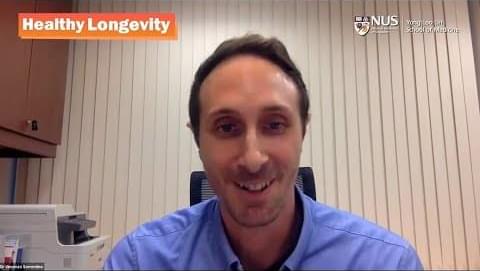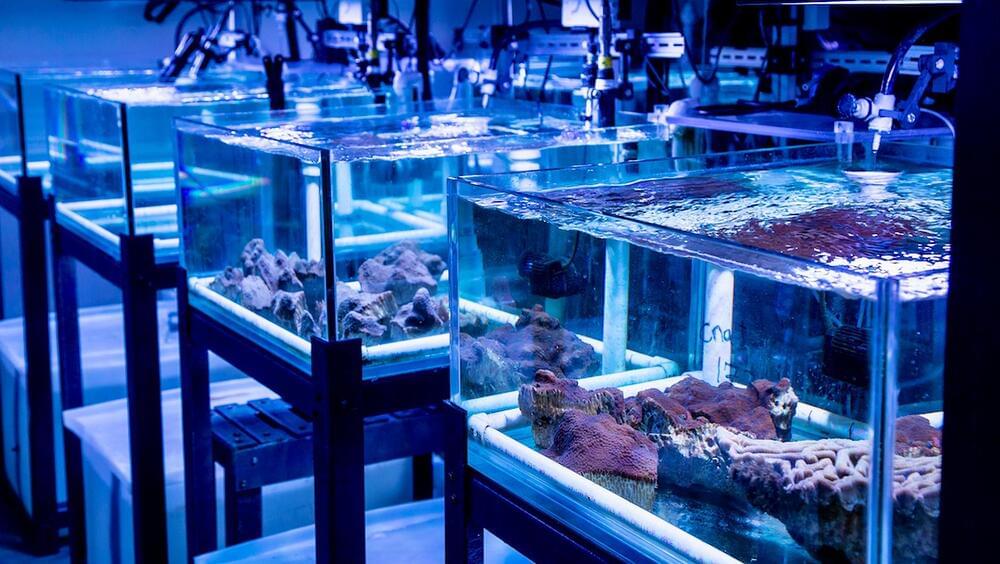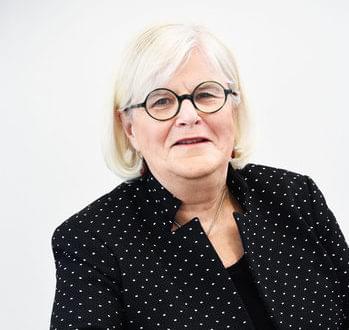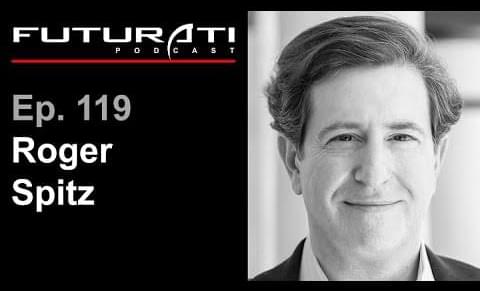Jan 8, 2023
Longevity biotech: ‘This is still just the beginning’
Posted by Kelvin Dafiaghor in categories: biotech/medical, life extension, robotics/AI
Powered by data produced by its AI-driven discovery platform, clinical-stage biotech BioAge Labs is rapidly developing a pipeline of therapies to extend healthy lifespan by targeting the molecular causes of aging. Having raised more than $120 million in funding, and with multiple clinical trials already under its belt, the company is focused on building a broad pipeline of potential longevity therapies in three main areas: muscle, immune, and brain aging.
Longevity. Technology: There are few companies in the longevity biotech field that appear to be executing on their vision as quickly and consistently as BioAge. When the company wowed the sector with a $90 million funding round in 2020, talk of multiple imminent clinical trials may have sounded optimistic to some, but BioAge has delivered on its promise time and again. Beyond the trials already underway, the company’s much-vaunted AI discovery platform also appears to be churning out the data, this year spawning a new programme exploring the potential of NLRP3 inhibitors in brain aging. To learn more, we caught up with BioAge co-founder and CEO Kristen Fortney.
Looking back at 2022, Fortney says it has been “immensely gratifying” to see so many new companies and investors coming into the longevity field.


















